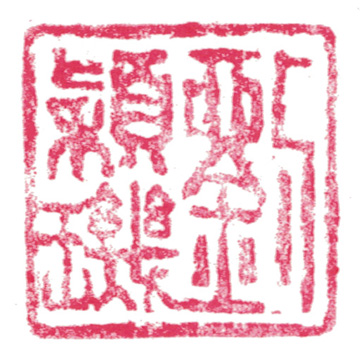transitional territories (2020-21)
Throughout 2020 and 2021 I began exploring the esoteric photographic technique of ‘slit scan’ and its potential for disrupting our aesthetic expectations in the visual representation of space and landscape.
Instead of using the more conventional method of slit scanning with a stationary camera (such as in horse racing and factory production lines), I chose to attach the scanning camera to a body that was in motion within a space – a bicycle, a car, a train, a shopping trolley, and my own chest. As I moved through a space that I could access, the camera would ‘transcode’ time and relative motion into a linear visual form.
The resulting still images are no less indexical of the spaces represented than if photographed using a conventional refractive obscura, but their appearances seem uncanny to viewers more accustomed to the planar projections produced by such a method. These images, despite appearing expansive in spatial representation, also do not offer the ‘god-like’ panopticon vision of satellite and aerial photography. Just like in aerial images, focal points become arbitrary and contingent upon the viewer, but their projections are constrained by the territorial corridors through which I was permitted to move. They offer a contiguous and extended view of this travelled space, but they also remain short-sighted. Depth, vanishing points, and other conventional rules of perspective do not apply. Nearby objects are rendered as recognisable, whilst those far away become increasingly stretched thin and unfamiliar in their form.
These images ‘re-present’ my grounded experience of these territories as simultaneously expanded and constrained – corridors of production and labour, of consumption and leisure. They offer myopic vistas of a proximal gaze, reflecting the limits of public accessibility as predetermined by the architects of the dictated path. They are intended to be exhibited in large scale, either as print or projection, to allow an audience to engage with the images up close and from afar.








